One of the most challenging types of websites to design and deploy are those of education institutions.
Students, prospective students, faculty, administrators, graduates, and alumni all have specific needs. And unlike websites of other big organizations, these user groups have few overlapping needs.
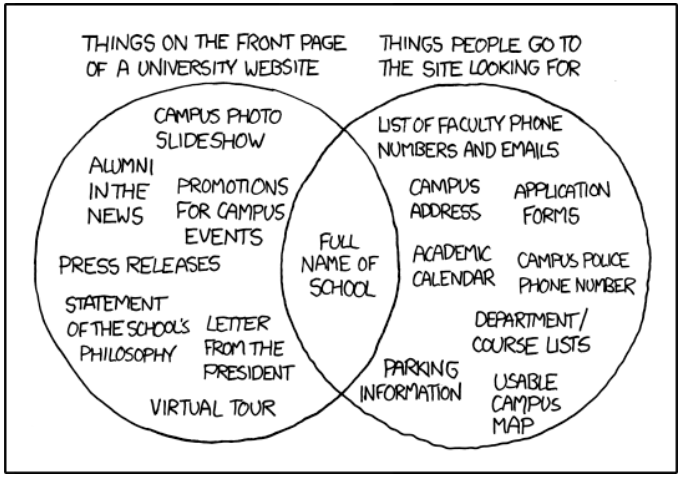
Which is why so many educational websites feel behind the curve.
Fortunately, there are plenty of best practices out there to help bring these hulking websites firmly into 2017. Here are our top 8.
1. Robust search function
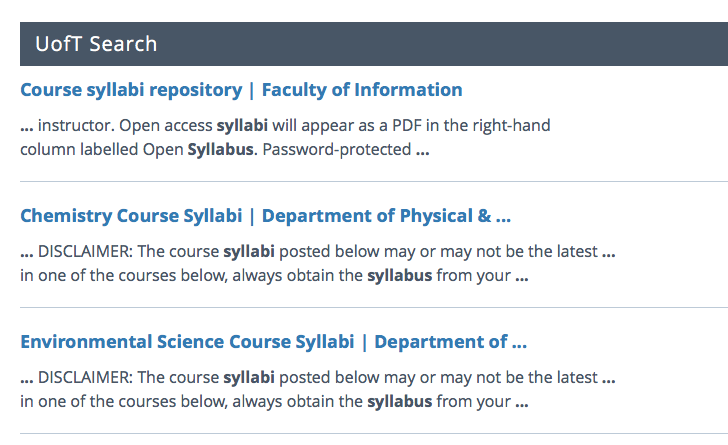
The best solutions are so often the simplest.
This holds true for even the most complex websites.
There’s nothing worse than looking for a specific page on a site and being unable to find it. And because university websites are catering to such diverse groups, this is more common then you might think.
Which is why every site needs a quality search function.
This alone will:
- Help users find their way around
- Reduce abandonment frustration
- Allow speedy correction of navigation mistakes
- Enable quicker browsing
2. Use video to tell your story
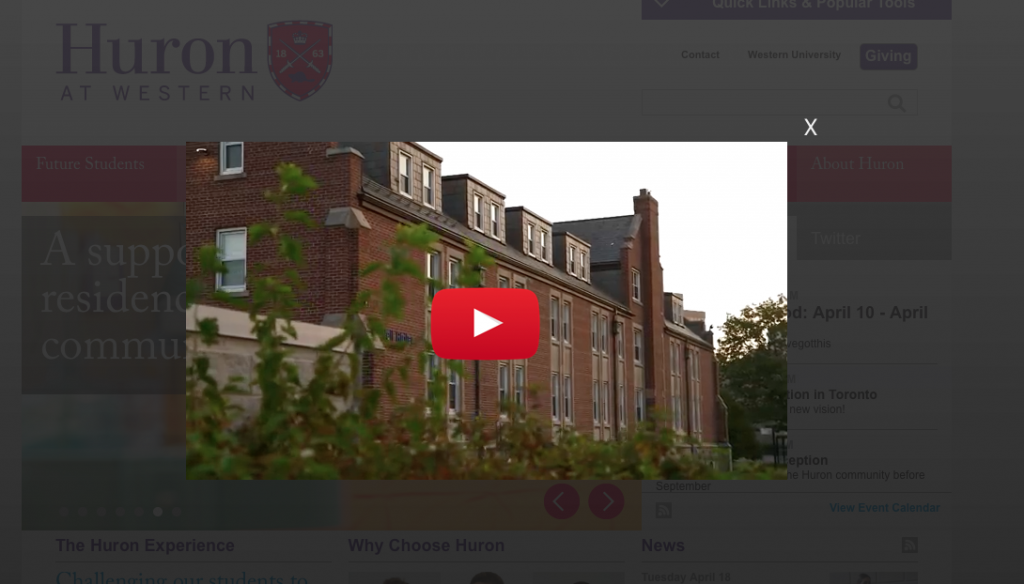
Schools are not immune to the broader trends of web design and communications.
Which is why they should be embracing video.
Not only are they well poised to deliver some fantastic video content (more on content in a minute), but it’s also a superb way for them to leverage their brand value.
Whether it’s a video explaining the school, a welcome message from the head honcho, or just a simple panning shot showcasing the beautiful grounds, institutions only stand to gain by embracing this trend.
What’s more, with plenty of discount video production companies and the incredible cameras and drones now readily available, producing a high-end product doesn’t have to eat up the entire annual marketing budget.
3. Brand and visual consistency
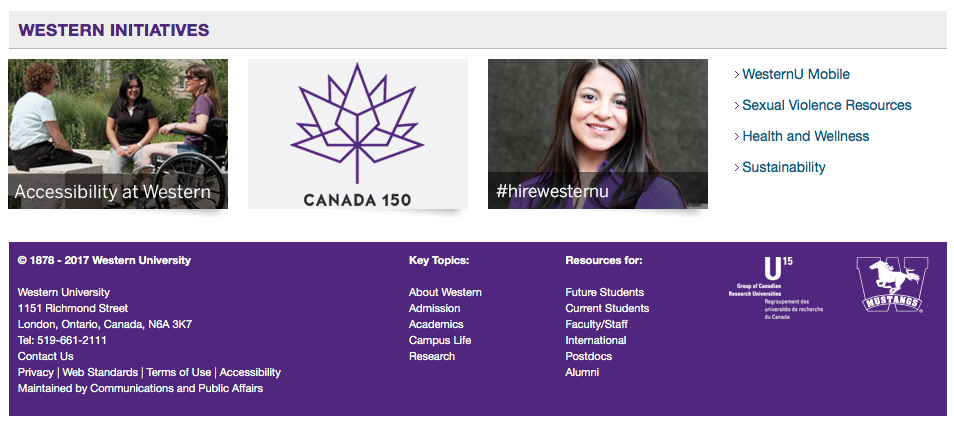
Your website is the first thing new students or alumni will see, and is the primary communication tool for many departments within the school.
It’s imperative that what happens online reflects what happens offline.
Marketing and branding should be consistent across all channels. For example, telling the same stories in your promotional packets as you do on your website.
Second, while many schools give individual departments leeway on the website that they don’t have in other arenas, the website still needs to feel like a cohesive unit – not 20 different pages that all feel unrelated to one another.
4. Built for mobile
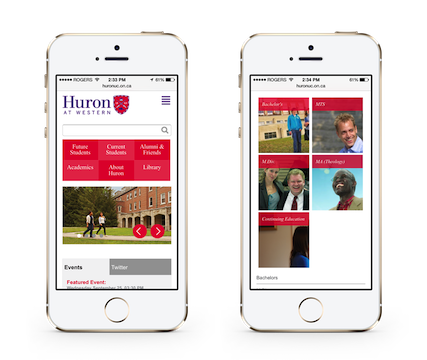
While students and prospective students might be doing their work on laptops and desktops, you can bet that they’re also engaging via mobile. For the next generation of undergraduate students, mobile is second nature.
To make your site accessible, it needs to be mobile-friendly.
Of the major mobile solutions, responsive design offers the most opportunity:
- Mobile apps tend to work poorly in information-dense environments, where keeping two sets of content up to date is exhausting and expensive.
- Mobile websites work well when user needs correlate to geographic location (e.g. users on the go for a bank usually wanting to check their balance, not invest in mutual funds). But for a higher education school, there’s far less overlap.
The best option?
Offer a full website experience across all devices with responsive design.
5. Beware of the homepage
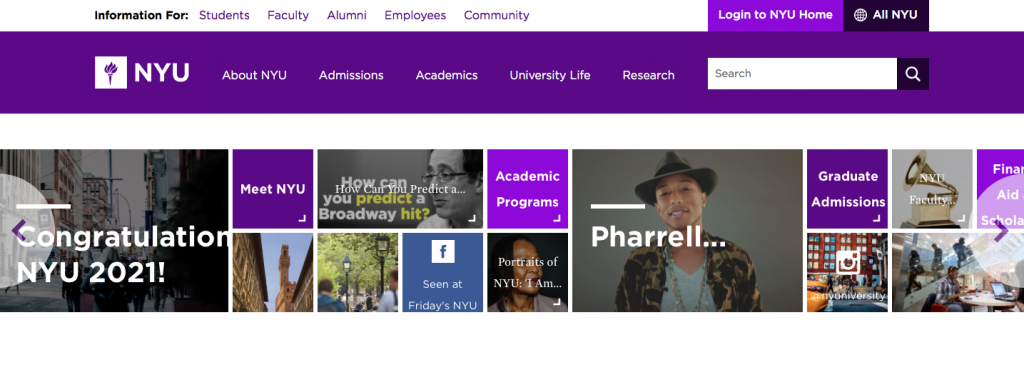
It’s easy for homepages to fall completely off the rails. Different departments wants their own specific callout on it, and the page often ends up being designed as much by organizational politics as by designers.
However, a homepage can be a powerful asset for a higher education institution – if executed correctly.
Not only is it going to be the point of origin for a large amount of traffic, it’s a superb opportunity to show off exactly what sets your institution apart.
6. Produce, refine, and curate content
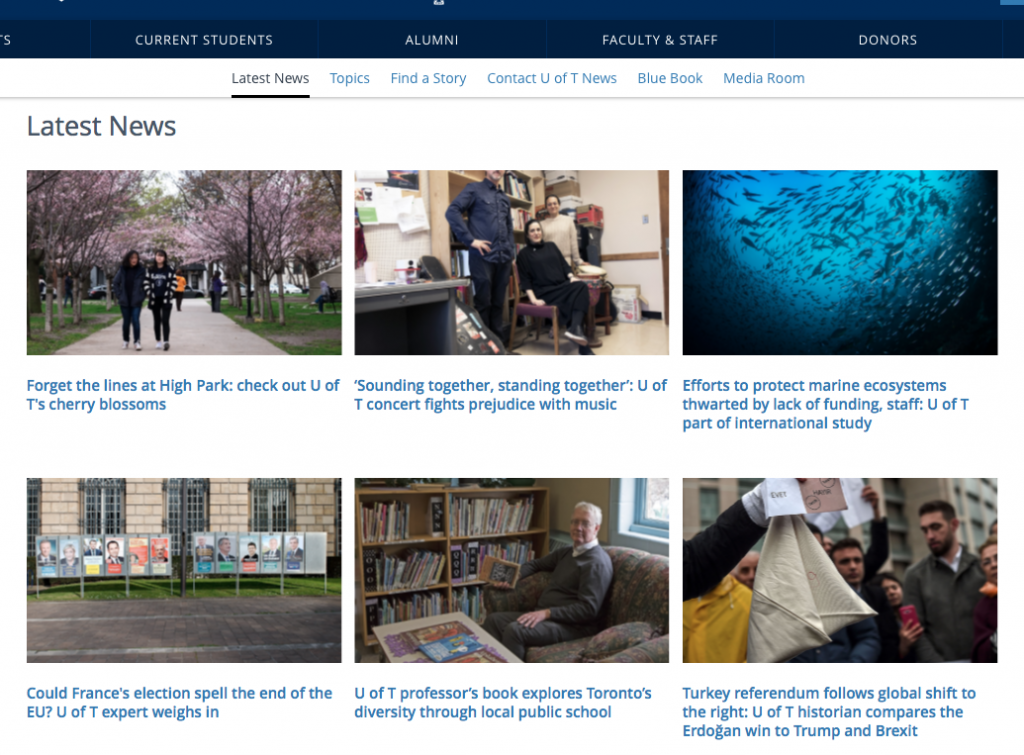
We live in a world of content. Not only for marketing, but for brand value, digital presence, and reassurances of expertise.
Producing fresh content, refining what you have, and curating fine content from across the internet is critical for any higher education institution.
Fortunately, doing so is easier than you might think. There is plenty of exciting work being produced every day at every university. For most institutions, it’s a matter of shift and lift more than net new creation.
The University of Toronto, for example, regularly leverages its body of experts to provide analysis of world events, highlight exciting new research, cover breakthroughs, and reassure the world that they’re a leading global innovator and educator.
7. Use the endless scroll
The endless scroll is slowly but surely conquering the internet. Driven by endless content apps like Facebook, Instagram, Feedly, and e-commerce stores, it’s become a more natural way to navigate the internet than collapsing menus.
And while higher institutions have held onto their traditional navigation, going forward we should all start thinking about making the switch.
Why?
Because the power of a navigation menu comes from the fact that everyone knows it’s a navigation menu.
But if that standardization shifts to another organizational structure like endless scroll with a few essential icons, the traditional nav becomes far less functional (especially the hamburger).
The tide might not have turned yet, but in line with content curation and production, educational institutions should be thinking about endless scrolling over dense nav menus no one looks at anyways.
8. Customization and personalization
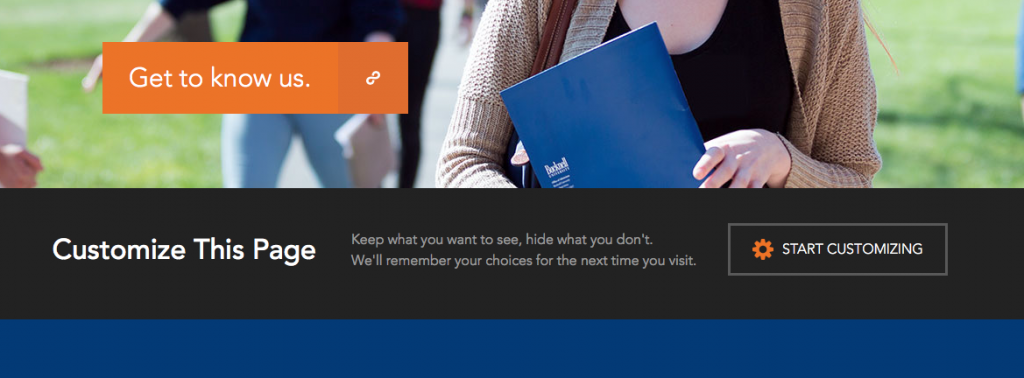
Like all websites, the push is for customization and personalization. Generation Z has come to expect personalization, and with the oldest of them turning about 22, it’s an increasingly important demographic.
Fortunately, this is an area where higher education institutions are poised to thrive.
Personalization solves most of the tricky design challenges, namely the fact that one tool (a website) must serve dozens of functions.
Bucknell University, for example, allows users to customize their experience themselves, providing a refined experience as well as giving users more agency over their browsing.
We can expect to see more solutions like that going forward, allowing users to see only what is relevant to them.
Think we missed a major trend universities and colleges need to get in on? Let us know in the comments!
